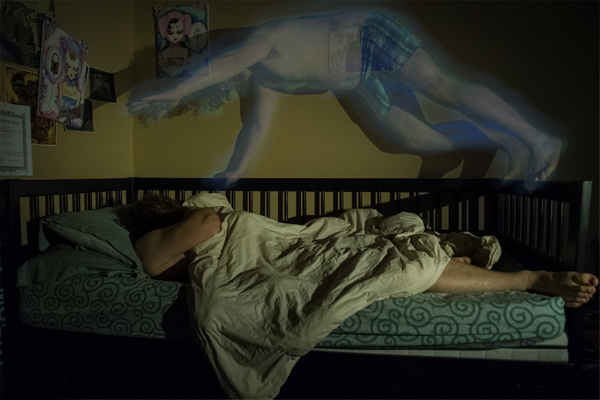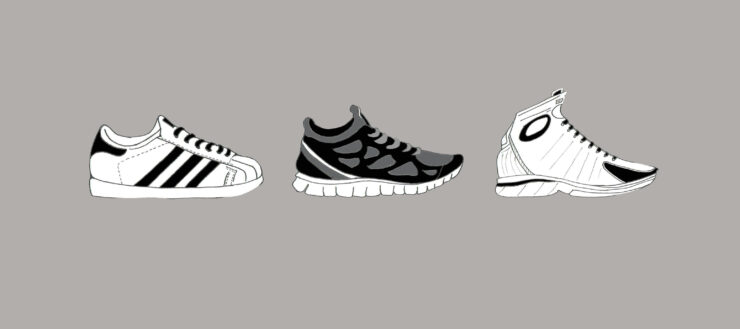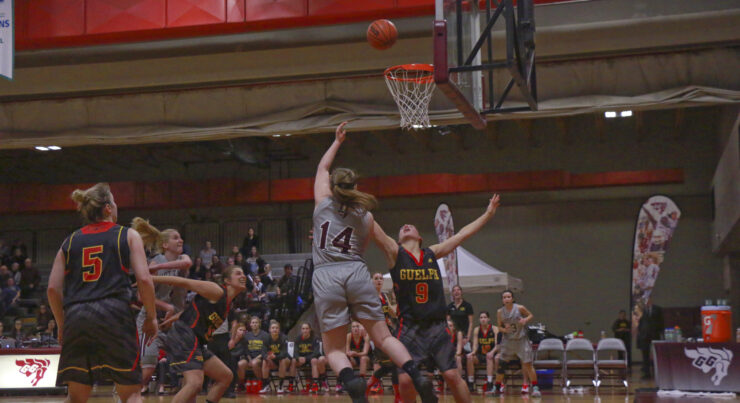Professors investigate by studying former student’s brain activity
Photo by Mico MazzaA former University of Ottawa student says she can trigger out-of-body experiences at will. The 24-year-old psychology grad approached her professor after a lecture on the phenomenon in 2012, claiming it was a regular experience for her and that she “thought everybody could do that.”
An out-of-body experience, scientifically known as an extracorporeal experience (ECE), is a condition that affects how the brain keeps track of the body’s position. It usually occurs due to injury, psychological disorders, drugs, or near-death experiences. But for her, it’s simply part of falling asleep.
The woman, who no longer lives in Ottawa, said she discovered her ability as a child while using it to pass time during school naps.
“I feel myself moving, or, more accurately, can make myself feel as if I am moving,” she said in a study on her performed by the professor. “I know perfectly well I am not actually moving.”
When she described the experience to her professor, she explained it as “hyper-sensitive to my body at that point, because I am concentrating so hard on the sensation of moving. I am the one moving; me, my body. For example, if I ‘spin’ for long enough, I get dizzy. I do not see myself above my body. Rather, my whole body has moved up. I feel it as being above where I know it actually is. I usually also picture myself as moving up in my mind’s eye.”
The professor, Claude Messier of the U of O’s School of Psychology, wanted to examine the subject further. Messier said he and co-author Andra M. Smith, an associate professor, were interested in understanding “the broader idea of how the brain creates our image or impression of the body, and how the brain deals with the various components of that body.”
He and Smith published a paper called “Voluntary out-of-body experience: an fMRI study” in the Feb. 10 issue of Frontiers in Human Neuroscience after working with the student.
Messier and Smith brought the student back to Ottawa to have her undergo Functional Magnetic Resonance Imaging (fMRI), which differs from a regular MRI by checking brain activity instead of simply visualizing it. The brain showed similar activity to high-level athletes who imagine winning, but the activity was only on the left side of the brain. Both sides of the brain are supposed to engage when visualizing something. Another unusual aspect Messier noted was that the visual cortex was deactivated, “which would normally be activated when you have an image of something happening in your head.”
Messier said that “there’s lots of descriptions” of ECEs, but the case is unusual because the student is able to trigger the experience at will. He noted there is no abnormal pathological activity in the student, except for her difficulty in falling asleep. He said he wants increased study in the field, saying that maybe more people have this ability but also consider it “unremarkable.” The study hypothesizes that the ability might be present in infants or children and most people lose it when they grow, and perhaps the ability could be developed in adults.
The study has raised a lot of online attention, including articles in the Daily Mail and Popular Science.
“I knew this would raise interest,” Messier said, adding however that interest has been higher than expected. During the study, the student told Messier and Smith she didn’t know why they were so fascinated, “because it’s not very interesting.”





